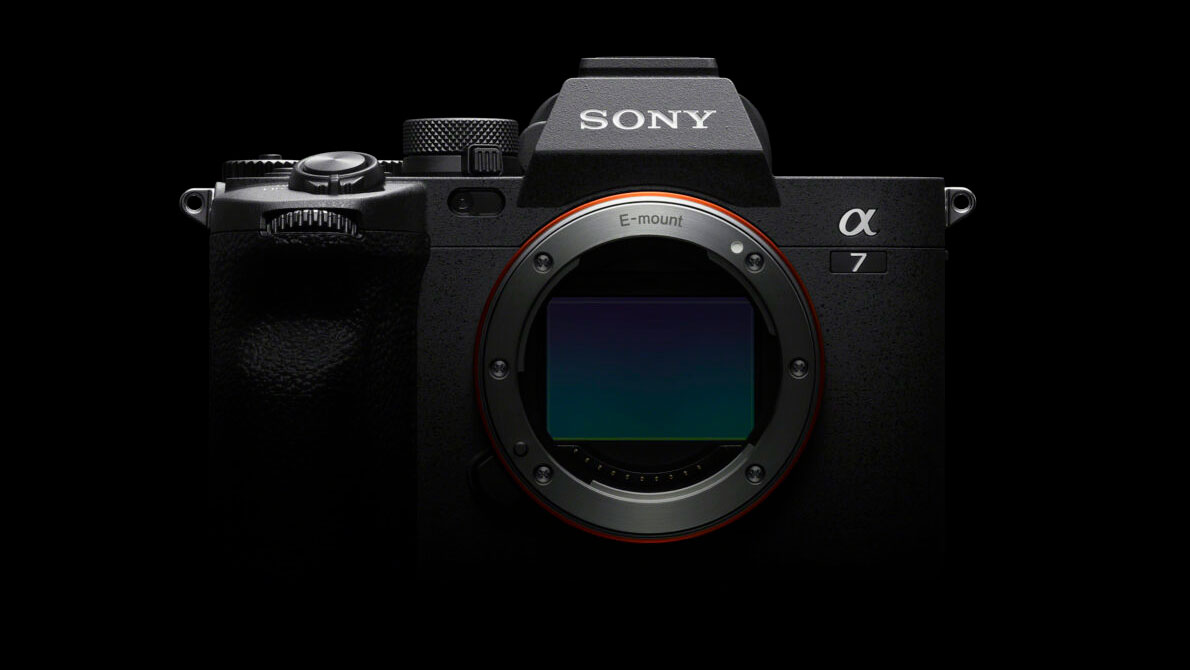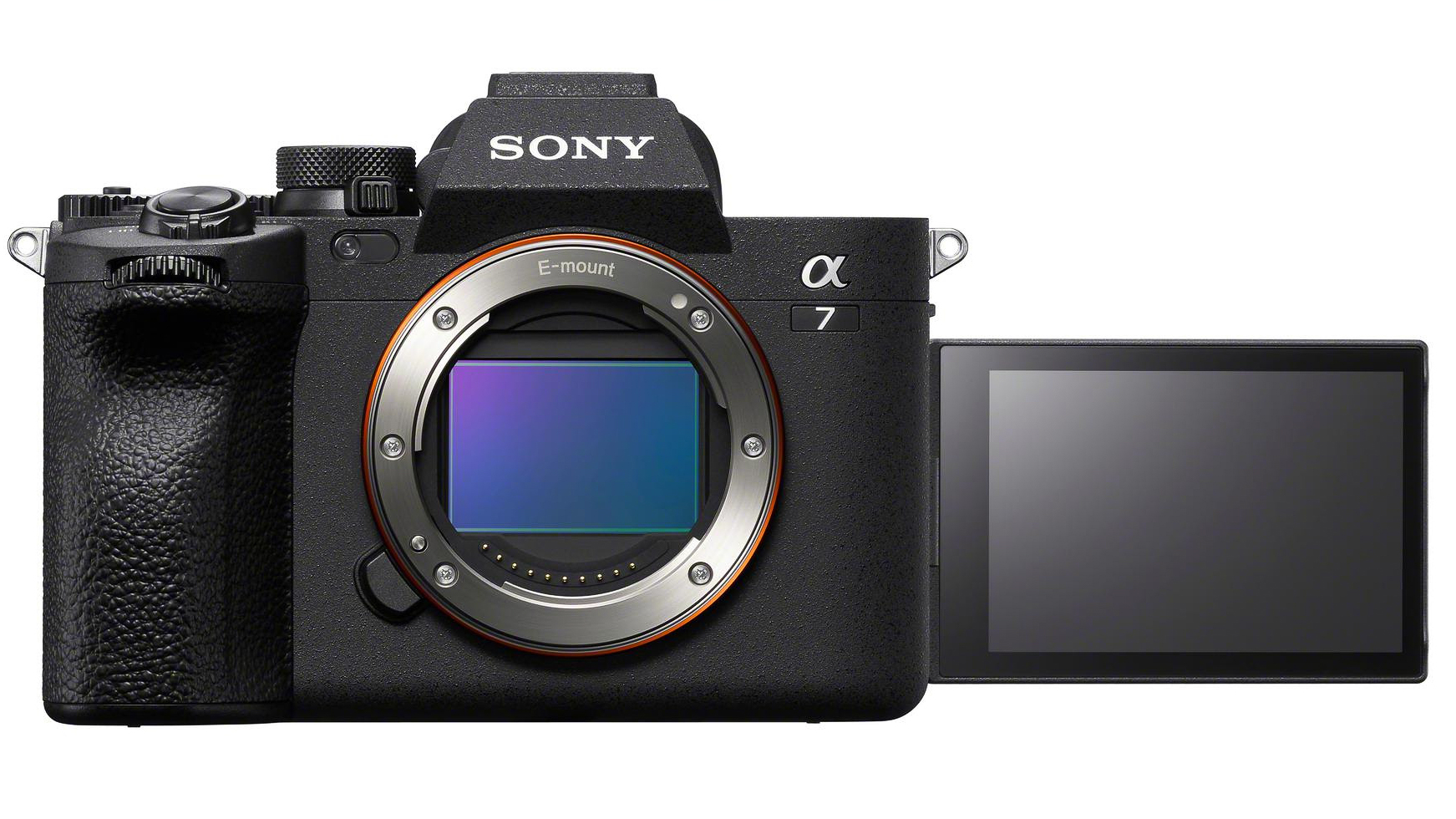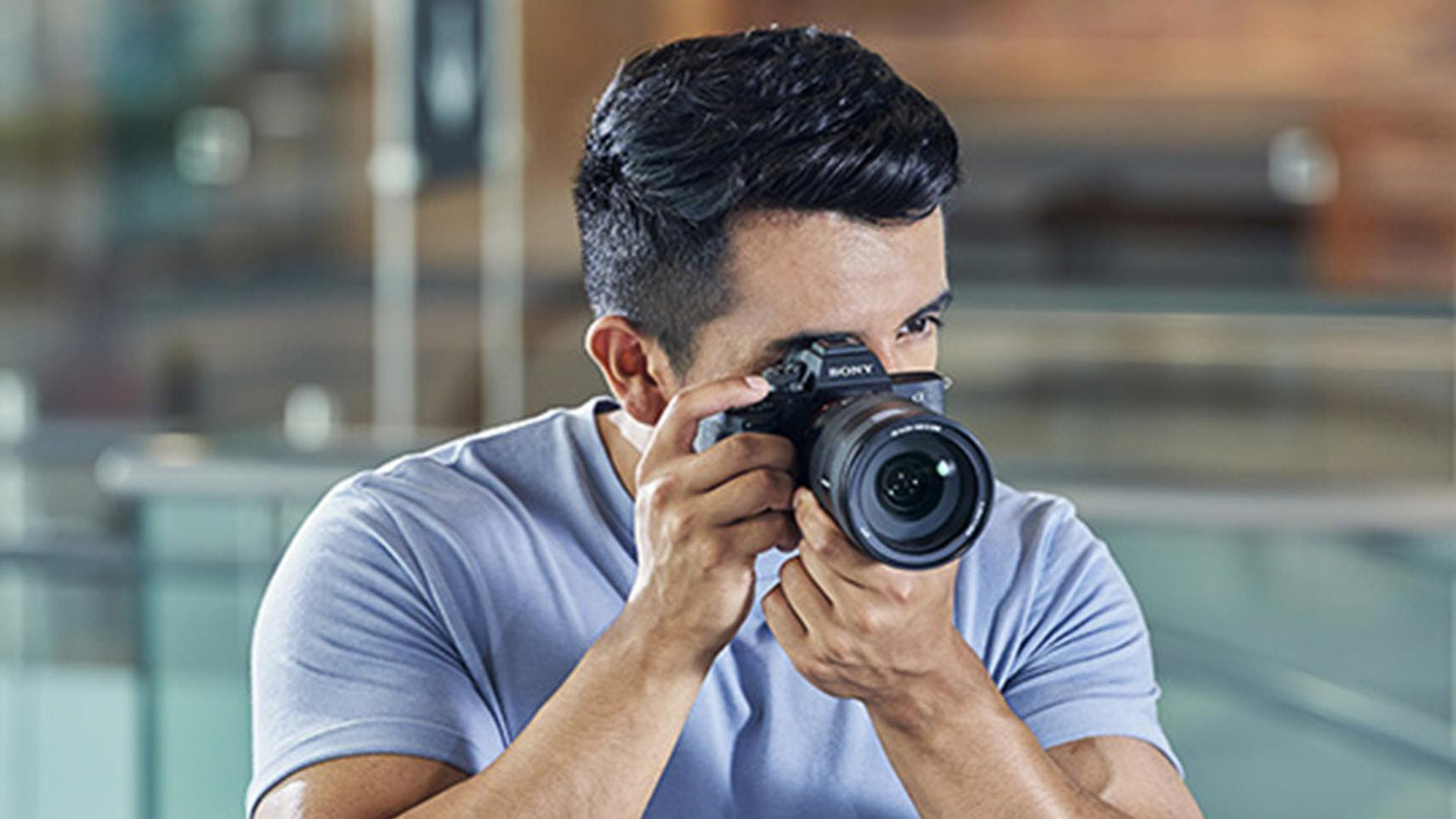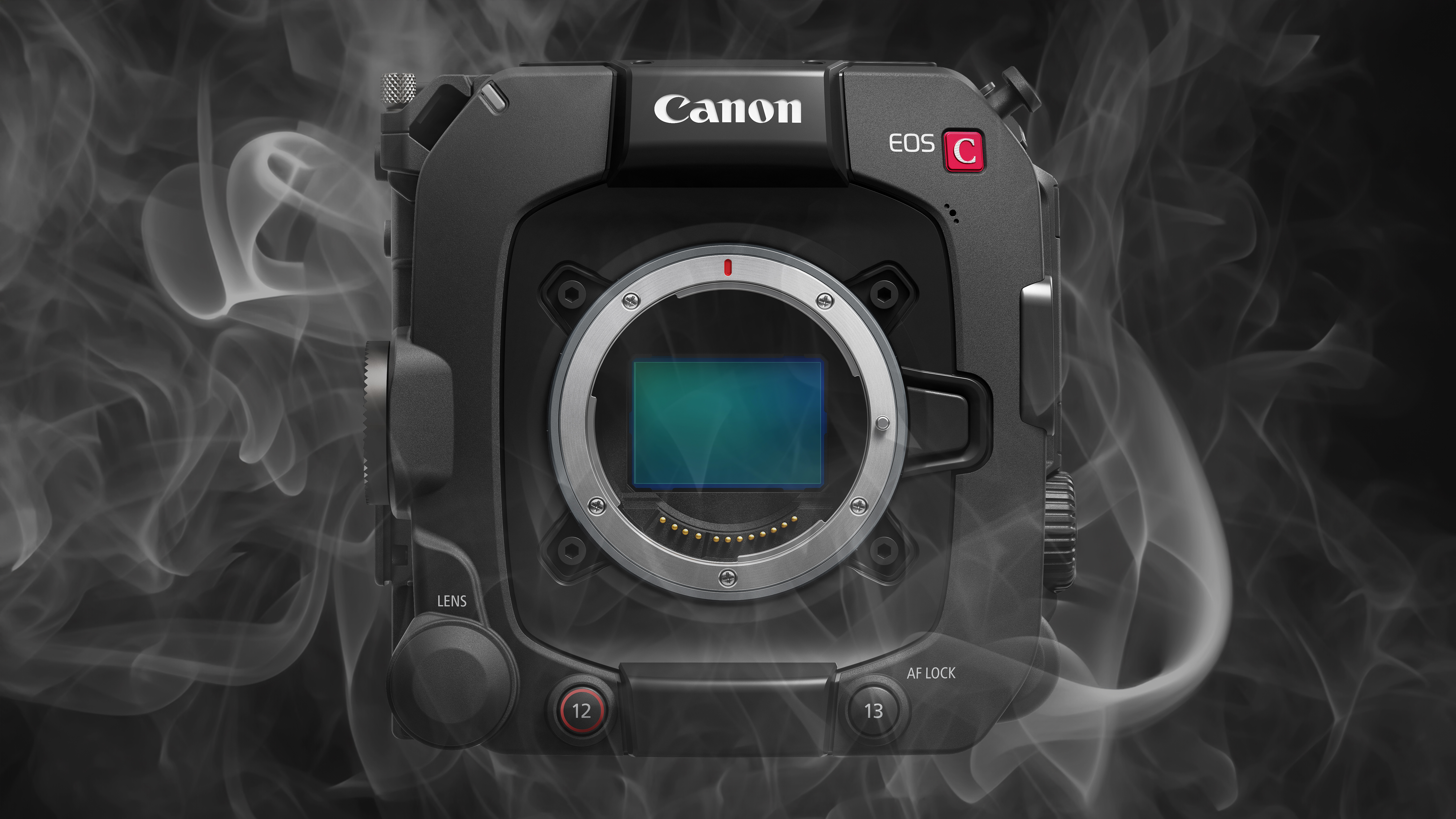Sony A7 IV vs A7 III: the 12 key differences
Now that the Sony A7 IV is out, is the Sony A7 III still worth buying? We run through the main differences to find out…

The Sony A7 IV is now out. Sony sees the A7 IV as a logical development of the all-purpose Sony A7 III, and one that’s better and more powerful in just about every respect. But something has changed. It's no longer Sony's entry-level full frame camera. That role is now taken up by the Sony A7 III, which will continue, and the Sony A7C.
The fact is, while the A7 IV is only a little more expensive than the A7 III when that camera was launched, it costs A LOT more than the A7 III does now.
That's not all – the Sony A7 III still stacks up well today, offering 4K video, 10fps shooting and one of the best AF systems around. Given the big difference in price, does the A7 IV have enough that’s better to tempt you into paying the extra?
That will depend on what you like to shoot and the features that matter most to you, so to make that decision easier, we’ve picked 12 key differences, in the Sony A7 IV vs A7 III battle, and what they mean for everyday shooting.
Here goes…
1: Resolution
Why you can trust Digital Camera World
• Sony A7 IV: 33.0MP
• Sony A7 III: 24.2MP
The Sony A7 IV has a new 33-megapixel sensor that offers significantly higher resolution for stills photography and also puts it one step ahead of similarly priced rivals from Nikon and Panasonic. However, the higher resolution does not make any difference to the maximum video resolution, which stays at 4K.
2. Maximum ISO (expanded)
• Sony A7 IV: 204800 (still), 102400 (video)
• Sony A7 III: 204800
Sony says that the new A7 IV has better noise control at high ISO settings than the older A7 III. Nevertheless, the maximum (expanded) ISO setting is the same at ISO 204800 for stills. Interesting, the A7 IV offers an expanded maximum for video that’s 1EV lower at ISO 102400, where the A7 III’s stills and video ranges were the same. We look forward to testing the new camera to see if there are visible real-world differences.
3. Continuous shooting
• Sony A7 IV: 10fps, 828 raw+JPEG
• Sony A7 III: 10fps, 79 raw+JPEG
Both the Sony A7 IV and the older A7 III can shoot continuously at 10 frames per second – but there is a BIG difference in the buffer capacity, which is the number of frames they can capture before slowing down. Sony quotes 79 raw+JPEG images for the A7 III, which is very good for a camera in this class, but practically unlimited raw+JPEG capture with the A7 IV, thanks to its new BIONZ XR processor and CFexpress Type A card slot.
4. Stabilization
• Sony A7 IV: 5.5 steps, Active mode/Standard stabilization
• Sony A7 III: 5 steps, Standard stabilization
Both cameras have 5-axis in-body stabilization, but the A7 IV boasts a slight improvement in stabilization of 5.5 stops versus 5, and it also has a new ‘Active’ stabilization mode.
5. Creative styles
• Sony A7 IV: Creative Looks
• Sony A7 III: Creative Styles
Sony has introduced a collection of new Creative Looks with the A7 IV. These seem more useful for videographers than stills photographers (especially those who prefer to shoot raw).
6. Autofocus
• Sony A7R IV: 759 AF points, Human/Animal/Bird, Real-time Tracking, AF Assist, Focus Map, Breathing compensation
• Sony A7 III: 693 AF points, Human/Animal
The Sony A7 III already has a terrific hybrid contrast/phase-detect AF system, so the A7 IV offers more of an evolutionary step rather than a giant leap forward. It has a total of 759 AF points, up from 693 points for the A7 III, with Human/Animal/Bird AF, Real-time Tracking AF, AF Assist, Focus Map, Breathing compensation. The AF Assist and Focus Map features could prove useful for videographers, while the Breathing compensation works with compatible Sony lenses to counter the visual effects of focus breathing (changes in subject magnification when the focus changes) on the fly.
7. Video
• Sony A7 IV: Up to 4K 60p (S35), 10-bit/4:2:2, S-Log3/S-Cinetone
• Sony A7 III: Up to 4K 30p, 8-bit/4:2:0, S-Log3, Standard stabilization
For full width (uncropped) 4K video, both cameras top out at 30fps. However, the A7 IV offers important advantages elsewhere. For example, it offers 4K 60p capture in its cropped Super35 mode, and steps up from the A7 III’s 8-bit/4:2:0 video capture to 10-bit/4:2:2. This promises a much higher video quality when color grading and using the camera’s S-Log3 high dynamic range mode. The A7 IV also adds the S-Cinetone profile from Sony’s cinema cameras.
8. Mode dial
• Sony A7 IV: Mode dial, Still/Movie/S&Q dial
• Sony A7 III: Mode dial
There are some physical differences between the A7 IV and the A7 III. One of these is a reconfigured ‘stacked’ main mode dial which has a dial for switching between the camera’s Still, Movie and S&Q modes.
9. Viewfinder
• Sony A7 IV: 3.68m dot Quad VGA up to 120fps
• Sony A7 III: 2.36m dot XGA up to 60fps
The Sony A7 IV also gets a better electronic viewfinder, going up in resolution from 2.36m dots on the older camera to 3.68m dots – and with a faster refresh rate of 120fps versus 60fps.
10. LCD display
• Sony A7 IV: Vari-angle
• Sony A7 III: Tilting
The biggest physical change, however, is the rear screen. On the A7 III it has a simple tilting mechanism and can’t face forward, but on the new A7 IV it’s on a vari-angle hinge and is far more flexible. It looks as if Sony may at last be moving over to vari-angle displays, which are so much more useful for video.
11. Storage
• Sony A7 IV: 1x CFexpress Type A/UHS-II, 1x UHS-II
• Sony A7 III: 2x UHS-II
Both cameras have twin UHS-II compatible SD card slots, but the A7 IV has a crucial difference – one of these slots can also take even faster CFexpress Type A cards. These are smaller (and ultimately slower) than the CFexpress Type B cards used by other cameras, and so far it’s only Sony that has used this smaller format – but this does help give the A7 IV its significant performance advantages over the A7 III.
12. Connectors
• Sony A7 IV: 10Gbps USB 3.2 Gen2, HDMI Type A, WiFi 5GHz/2.4GHz/LAN
• Sony A7 III: 5Gbps USB 3.1, HDMI Type D, Wi-Fi 2.4GHz
The Sony A7 IV boasts faster connectivity all round than the A7 III. Its USB port supports 10Gbps USB 3.2 Gen2 transfer, as opposed to the 5Gbps USB 3.1 on the older A7 III. The new camera also offers a 5GHz LAN connection rather than the 2.4GHz maximum on the A7 III, and the A7 IV has an HDMI type A connector rather than the A7 III’s type D.
Sony A7 IV vs A7 III: conclusions
The curious thing is that if Sony was to launch the A7 III today, at its current prices, we would probably be raving over what it offers for the money. This is still a powerful, effective, do-it-all camera – its video specs are starting to look somewhat stale, but for everyday 4K capture and as a powerful stills camera, the A7 III still has what it takes.
However, the A7 IV is clearly superior in a number of respects – some subtle but important, others obvious and highly desirable. Sony has created a successor to the A7 III that is superior in practically every way – but it’s also a lot more expensive to but at today’s prices.
So perhaps it comes down to this: how much of the A7 IV’s extra capabilities do you need, and is it worth the big jump in price to get them?
How we test cameras
We test mirrorless and DSLR cameras both in real-world shooting scenarios and in carefully controlled lab conditions. Our lab tests measure resolution, dynamic range and signal to noise ratio. Resolution is measured using ISO resolution charts, dynamic range is measured using DxO Analyzer test equipment and DxO Analyzer is also used for noise analysis across the camera's ISO range. We use these real-world testing and lab results to inform our comments in buying guides. For compact cameras and phones, we judge on real world handling and photographic results alone.
- Sony A7 vs A7 II vs A7 III
- Sony A7 III vs A7R III vs A7S II: How do they compare?
- The best Sony lenses
- The best Sony camera
The best camera deals, reviews, product advice, and unmissable photography news, direct to your inbox!

Rod is an independent photography journalist and editor, and a long-standing Digital Camera World contributor, having previously worked as DCW's Group Reviews editor. Before that he has been technique editor on N-Photo, Head of Testing for the photography division and Camera Channel editor on TechRadar, as well as contributing to many other publications. He has been writing about photography technique, photo editing and digital cameras since they first appeared, and before that began his career writing about film photography. He has used and reviewed practically every interchangeable lens camera launched in the past 20 years, from entry-level DSLRs to medium format cameras, together with lenses, tripods, gimbals, light meters, camera bags and more. Rod has his own camera gear blog at fotovolo.com but also writes about photo-editing applications and techniques at lifeafterphotoshop.com






